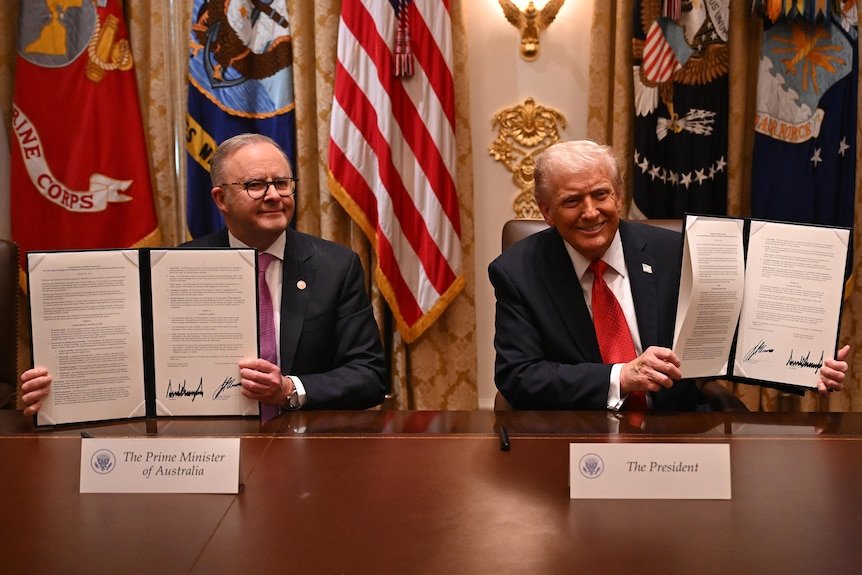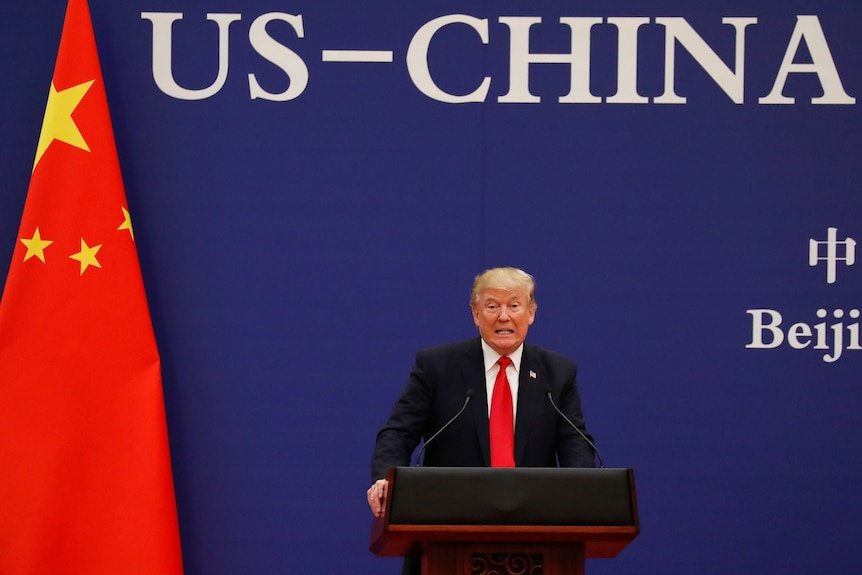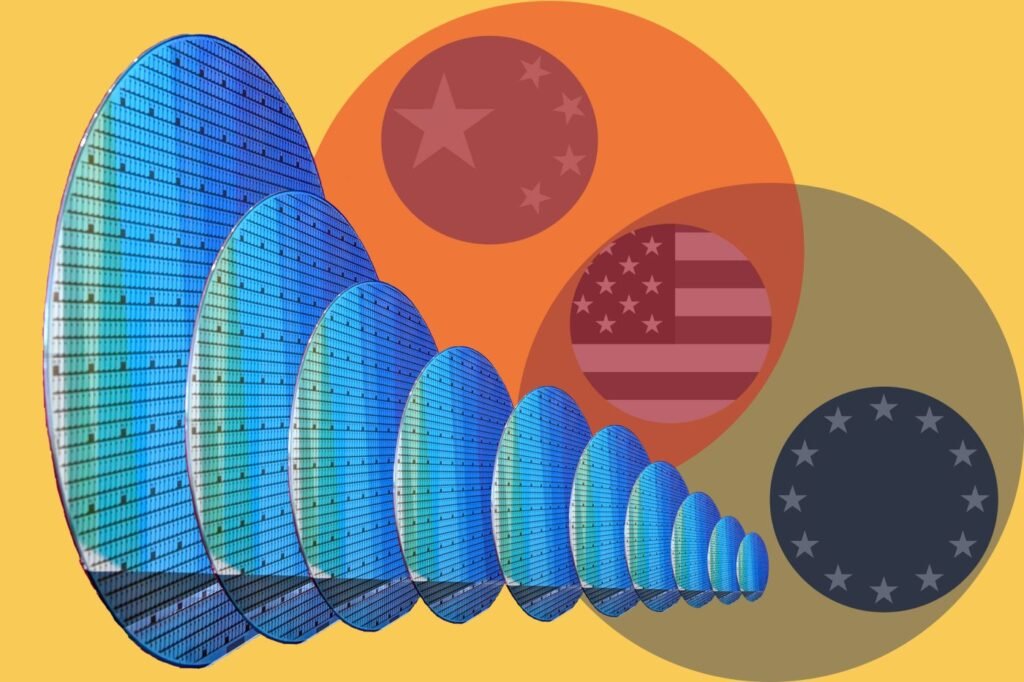In the corridors of Western think tanks and financial institutions, a familiar refrain has grown louder: China’s economy is stumbling, its growth model is exhausted, and its technological ambitions are overreaching. Yet while skeptics sharpen their prophecies of doom, something consequential is unfolding across the Pearl River Delta — a transformation that suggests the doomsayers may be reading from an outdated script.
 The Guangdong-Hong Kong-Macao Greater Bay Area, comprising the Hong Kong and Macao special administrative regions, and nine cities in Guangdong province, is transforming into a space that will see the 15th Five-Year Plan (2026-30) come to fruition. What makes this region particularly significant is not merely its economic heft — a combined GDP of more than $2 trillion — but its unique approach to innovation, including leveraging the “one country, two systems” principle to create “an institutional laboratory” for cross-border technological collaboration.
The Guangdong-Hong Kong-Macao Greater Bay Area, comprising the Hong Kong and Macao special administrative regions, and nine cities in Guangdong province, is transforming into a space that will see the 15th Five-Year Plan (2026-30) come to fruition. What makes this region particularly significant is not merely its economic heft — a combined GDP of more than $2 trillion — but its unique approach to innovation, including leveraging the “one country, two systems” principle to create “an institutional laboratory” for cross-border technological collaboration.
This approach represents a fundamental shift in China’s concept of innovation. For decades, the narrative centered on China as the world’s factory, a manufacturing powerhouse built on scale and cost advantages. That story, while not entirely obsolete, misses the more compelling plot unfolding now. The Greater Bay Area is pioneering “new quality productive forces”, which means innovation-driven, high-value industries ranging from artificial intelligence and quantum computing to biomedicine and advanced materials.
Consider the convergence taking place in Shenzhen’s Futian district, where venture capital flows from Hong Kong to meet engineering professionals from Chinese mainland tech giants and research breakthroughs from universities across the border. The first phase of the Hetao Shenzhen-Hong Kong Science and Technology Innovation Cooperation Zone officially entered its operational phase in 2025, creating a physical space where researchers can move between jurisdictions with unprecedented ease.
Scientists can now access Hong Kong’s international funding streams and intellectual property rights protection while tapping into Shenzhen’s manufacturing ecosystems and vast domestic market — all within a short metro ride.
This institutional innovation matters because it addresses what has long been considered China’s Achilles’ heel: the gap between research and commercialization, between laboratory breakthroughs and market-ready products. Hong Kong’s Basic Law, its regulatory frameworks aligned with international standards, and its connections to global capital markets provide a bridge that didn’t exist before. Guangdong’s cities, for their part, offer something equally valuable: speed to market, manufacturing sophistication, and a domestic consumer base eager to adopt new technologies.
Those writing off China’s technological future should pay closer attention to what’s happening in the Greater Bay Area. The next generation of breakthroughs in AI, biomedicine and advanced manufacturing may well emerge from this institutional experiment, not because it’s perfect, but because it’s pragmatic enough to work
The results are becoming tangible. The Greater Bay Area now hosts over 1,500 AI-related enterprises, according to recent government data. Companies such as SenseTime, despite facing US sanctions, have continued developing autonomous vehicle technologies that are being deployed in robotaxi services across Guangzhou.
The biomedicine sector tells a similar story. Hong Kong’s InnoHK research clusters, launched in 2022, have attracted top-tier scientists from institutions like the Massachusetts Institute of Technology and Stanford University to collaborate with mainland researchers on everything from stem cell therapies to novel cancer treatments. The model is straightforward: conduct cutting-edge research under Hong Kong’s internationally recognized regulatory environment, then scale clinical trials and manufacturing across the border where patient populations are larger and production costs lower.
A recent example is the development of CAR-T cell therapy for cancer treatment, where Hong Kong-based research teams are working with Guangzhou hospitals to accelerate clinical applications that might take years longer to navigate through purely Western regulatory pathways.
This cross-border scientific ecosystem directly challenges the prevailing narrative about China’s technological trajectory. Critics frequently point to the country’s struggles with original innovation, its reliance on adapting foreign technologies, and its challenges with fundamental research.
The Greater Bay Area model acknowledges these weaknesses and builds institutional mechanisms to overcome them through strategic openness and intelligent integration of different systems.
This pragmatism extends to talent recruitment. The Greater Bay Area has introduced streamlined visa policies, tax incentives and housing subsidies to attract scientists and engineers from around the world. Unlike the earlier waves of overseas Chinese returnees, today’s recruits include non-Chinese researchers drawn by competitive compensation, access to funding, and the chance to work on problems at scale. A climate scientist from Europe can now run atmospheric models using data from China’s expanding satellite network and ground sensors across the region — research that would be logistically impossible elsewhere.
Of course, challenges remain formidable. Regulatory fragmentation still creates friction; moving biological samples between Hong Kong and Shenzhen labs involves bureaucratic hurdles that slow research. Data flows face restrictions that complicate AI development. Intellectual property protection, while strong in Hong Kong, varies across the mainland. And geopolitical tensions create genuine uncertainties.
Yet dismissing China’s technological potential because of these obstacles is unwise. The Greater Bay Area’s institutional innovation is a creative response to real constraints. It’s an acknowledgment that innovation doesn’t require perfect conditions, only workable solutions.
The skeptics proclaiming China’s inevitable economic decline often base their forecasts on demographic trends, debt levels and slowing productivity. But they frequently underestimate the adaptive capacity of Chinese institutions and their sheer determination to climb up the value chain. The 15th Five-Year Plan’s emphasis on the Greater Bay Area isn’t simply regional development policy; it’s a bet that the combination of scale, speed, and institutional flexibility can generate innovation at a pace that compensates for other structural disadvantages.
Those writing off China’s technological future should pay closer attention to what’s happening in the Greater Bay Area. The next generation of breakthroughs in AI, biomedicine and advanced manufacturing may well emerge from this institutional experiment, not because it’s perfect, but because it’s pragmatic enough to work.
The author is the convenor at China Retold, a member of the Legislative Council, and a member of the Central Committee of the New People’s Party.
The views do not necessarily reflect those of China Daily.







